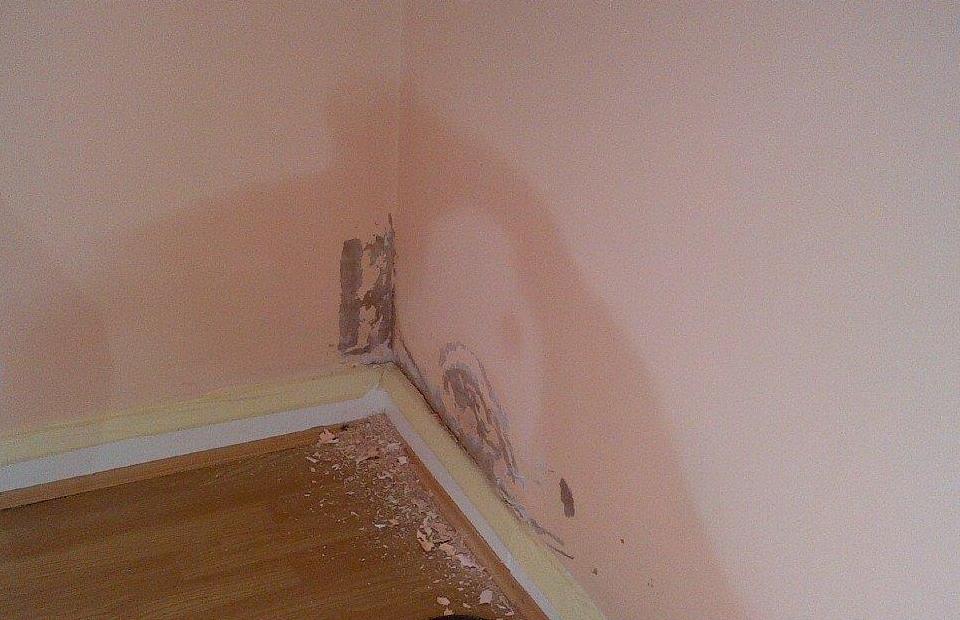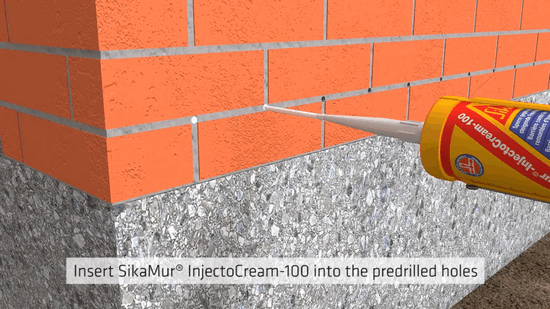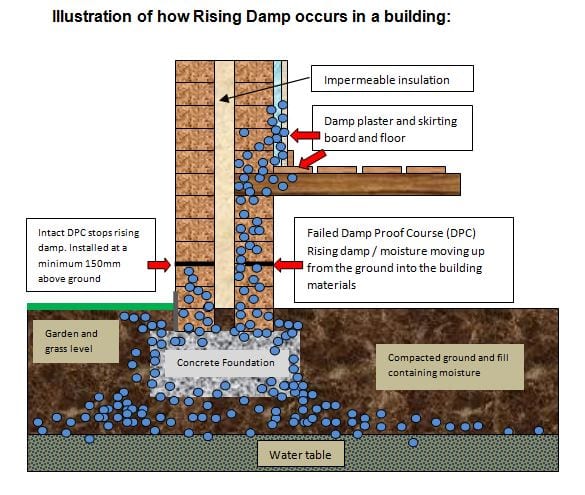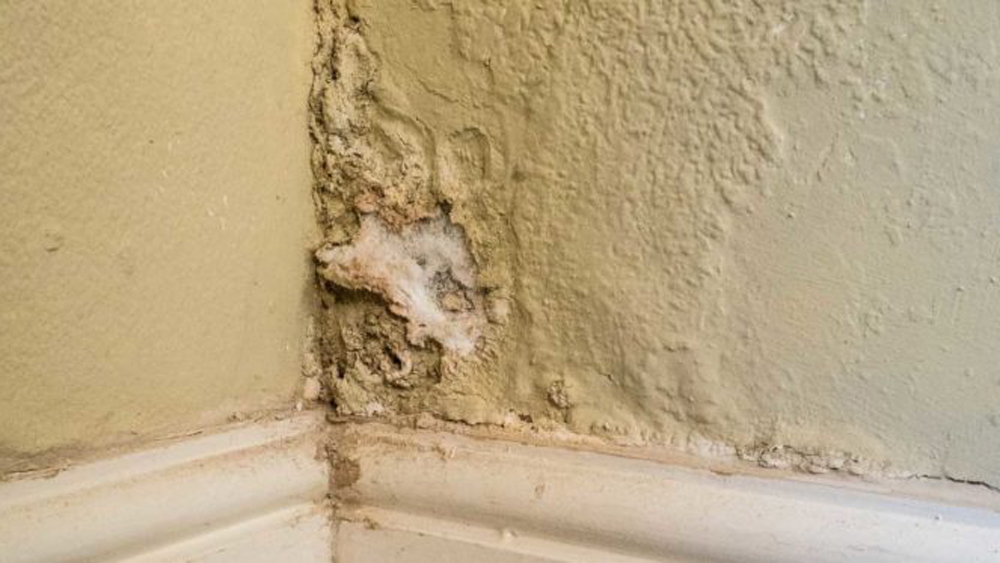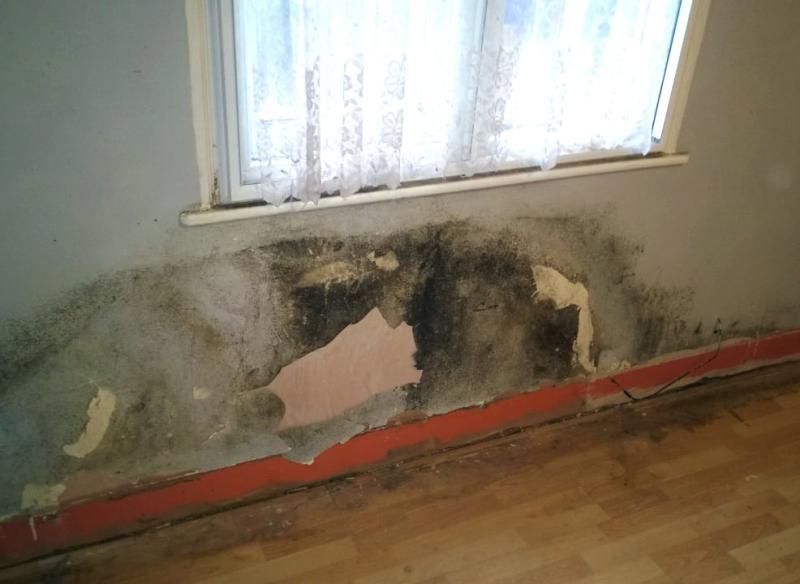Smart Info About How To Deal With Rising Damp

Rising damp is typically a result of an absent or faulty damp proof course (dpc), which is installed to block water from making its way through the brickwork.
How to deal with rising damp. Although this can be costly, a damp proofing specialist might suggest this solution for your rising damp problem. How to fix rising damp? Rising damp can be hazardous to both your health and your.
The 3 options to solving rising damp problems 1. Slowing down the rising damp 3. Use the right paints and sealants.
Firstly we remove the contaminated plaster to a minimum height of 1 meters from the internal floor or 300mm above the last trace of damp if plaster is contaminated above the 1m. Measures that allow your property to ‘breathe’ are key to controlling rising damp. Another treatment to rising damp is a damp proof course.
If the damp is rising, you might need a cctv drain survey, lior says. A tide mark is a dead give away of rising damp. Check if there are cracks around.
Solve rising damp permanently cover the rising damp up there is a. If there are just a few wet patches on the floor, then it might be. The most popular method to treat rising damp is installing a remedial damp proof course (dpc) via the damp proof injection method.
How do you fix rising damp? The building research establishment recommends that any method used to retrofit a damp.


